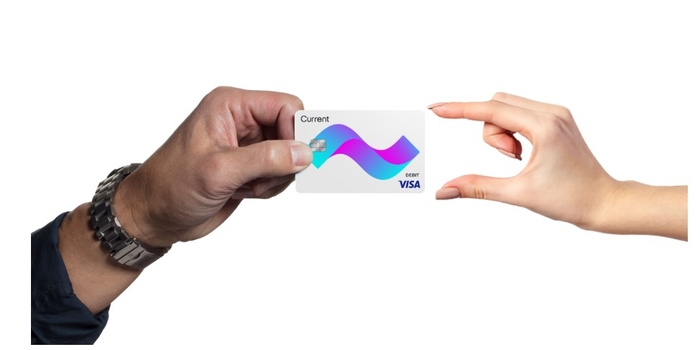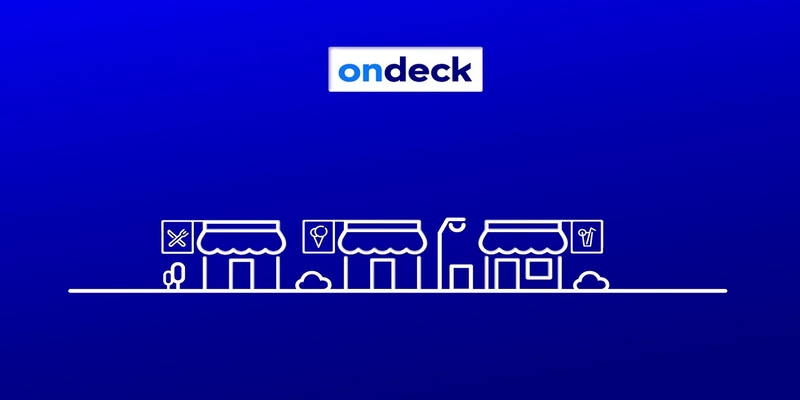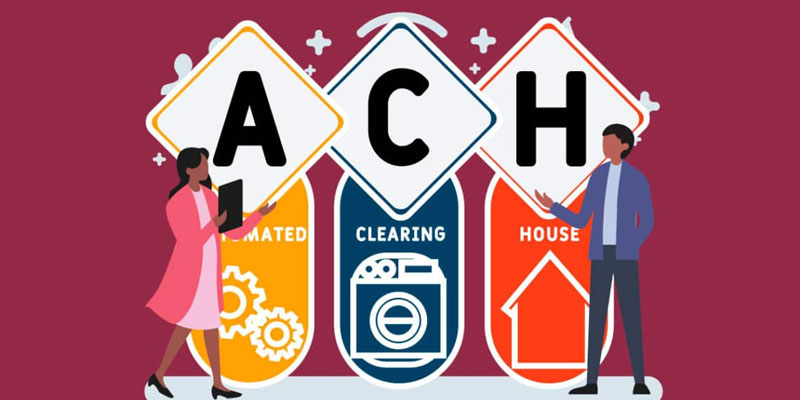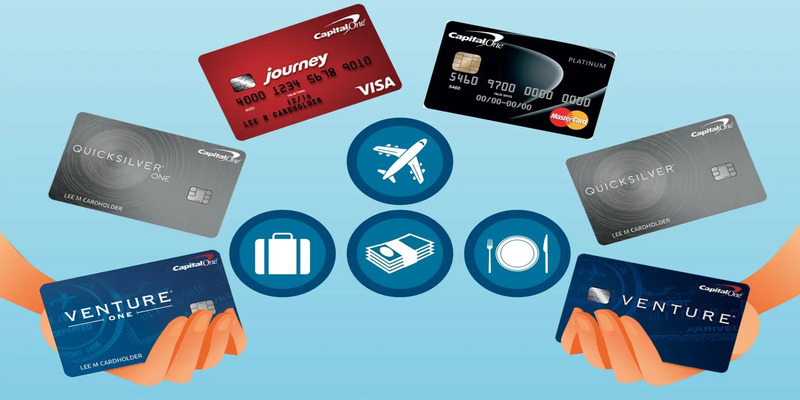Feb 08, 2024 By Triston Martin

Choosing a sound debit card has become a task for parents. With each passing day, here are new companies jumping on the bandwagon of financial institutes which makes the selection process even more challenging. Before choosing a card for your kid, you must keep in mind all the necessary factors as it is an important decision.
Step and Current are the two best debit card options in the market for kids these days. Both these cards offer no monthly charges and give parental control options.
In this article, we will discuss about Step vs. Current: Which kids' card is worth it?
An Overview Of Current Card

Over time, Current has emerged as the top card for teens and above children. The card provides kids with the opportunity to earn money under the watchful eyes of their parents. They offer no monthly fee, tracking, and strong parental control facilities. Teens can create savings goals for their accounts. Moreover, there are also no charges for transferring funds to your teen banking account.
Because of the parenting control option, parents can control how much their kids will spend directly through Current’s app, but for that, parents must first create a Current account. Then, they can add their Teen banking information to it and control all associated Current accounts.
Benefits of Current Card
- No monthly fees
- Automatic chore and allowances
- Instant free transfers from parent account
- Savings round-ups and goals
Drawbacks of Current Card
- Parents must get a Current account
- Lacks financial and educational features
An Overview of Step Cards
Step is one of the best free debit cards for children. It’s available for all ages and has a teen-focused account with a parent sponsor and a parent-managed account for children. It’s a secured card, so you don’t have to worry about monthly fees, other fees, or interest costs. You’ll also be able to earn savings and cash back, as well as referral rewards.
As a plus point, your kid will also be able to get access to their Money 101 course to know about essential financial topics. Step is also unique because it’s the only free kids’ card that makes your child’s credit. You can only spend what’s in your Step deposit account, which means there’s no risk of overdrafting or overspending like many other credit cards.
Benefits of Step Card
- The monthly fee is not included
- Cash backs and referral rewards
- Credit-building options
- Good Investing platform
Drawbacks of Step Card
- A reload fee for transfers under 25 USD
- No phone number
- Direct deposit is required for a good cashback reward
Step Vs. Current - A Comparison

You must keep in ming some factors while choosing a card for your kids. These include:
Fees:
Prepaid cards usually come up with monthly or annual fees you must pay. So, before choosing one for your kid, you must keep this factor in mind and choose the one with comparatively less fee.
Parental Controls:
Most cards offer notifications every time a child spends money and allow parents to lock their child’s debit card if needed. Some cards also give parents the authority to control how much their child can pay from their card every month for shopping or other purposes.
Financial Education Features:
Many prepaid debit cards offer interactive tools, videos, and short articles to help teach your child basic concepts about financial education and keep them engaged.
Earnings Potential:
Some prepaid debit cards for children offer savings bonuses, referral rewards, and cashback programs. Some even provide annual percentage yield.
Financing Options:
Most prepaid debit cards come with a range of funding options, ranging from weekly to biweekly to monthly. Reload fees can get expensive over time, so it is essential to look for a card that does not charge you each time you reload your card.
Are Debit Cards Safe For Kids?
Debit cards for kids are safe as long as the Federal Deposit Insurance Corporation or NCUA insures the cardholder. How much money can be held on a kid’s debit card is also protected by these agencies. Most children’s debit cards allow parents to lock and unlock their card if lost, block specific stores, limit spending by category or adjust daily spending limits, and offer additional security features like identity theft protection, cell phone and purchase protection, and more.
However, if you see debit cards compared to credit cards, you might find them a safer option as you will have access to control your child. Debit cards dont give full authority to children as compared to credit cards. Credit cards can lead to overspending and interest rates and may affect your credit score. Moreover, all types of debit cards have no liability policy. So you won't have to worry if your child loses the card or it is stolen.
Similarities Between Step And Current
Both types of cards don’t have any monthly or overdraft fees. This makes them an affordable option for parents who want to introduce their children to banking. They are an excellent alternative to other options that charge monthly fees for debit cards.
Step and Current both accept direct deposits and are designed for teens. While any child can get an account, a Step account will only report your credit history for two years after 18, making it a better choice for teens over 16. Step uses Visa cards, and Current offers virtual cards to add to your digital wallets.
So, Which One Is Better For Your Child?
Current and Step are free to set up and manage, so they’re worth your time and money. However, you’ll need to get your current account first to open a Step Teen account. When it comes to cost-to-value, Step is the better option. Teens get 5% savings rewards and cashback rewards, as well as credit history building.
Step also has a Money 101 education program to teach financial literacy to children. If you’re looking for a more traditional bank experience, Current might be the better fit.
Conclusion
To conclude this topic, Step vs. Current: Which kids' card is worth it? We can say that both step and current cards have their pros and cons. Both have some unique features compared to toher options available in the market. If we compare these two, we can say that the step is better than the current one as it has some exciting and educational features. Also, the step gives more access to parents to control their kid’s accounts. But you must remember your priorities and your child’s choice before choosing one.
-

Best iPhone Applications For Black Friday
Dec 01, 2023
-

An Ultimate Guide About Capital Gains
Jan 20, 2024
-

Get to Know How to Use the Dividend Discount Model to Value Stock
Oct 05, 2023
-

OnDeck Small Business Loans – A Detailed Review
Feb 08, 2024
-

What is credit card consolidation?
Jan 04, 2024
-

Discuss All About: U.S. Military Budget, Its Components, Challenges, and Growth
Oct 19, 2023
-

Postdated Checks: What They Are and Can They Be Deposited?
Jul 29, 2024




